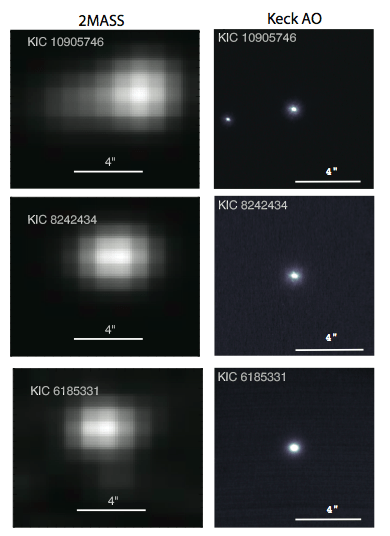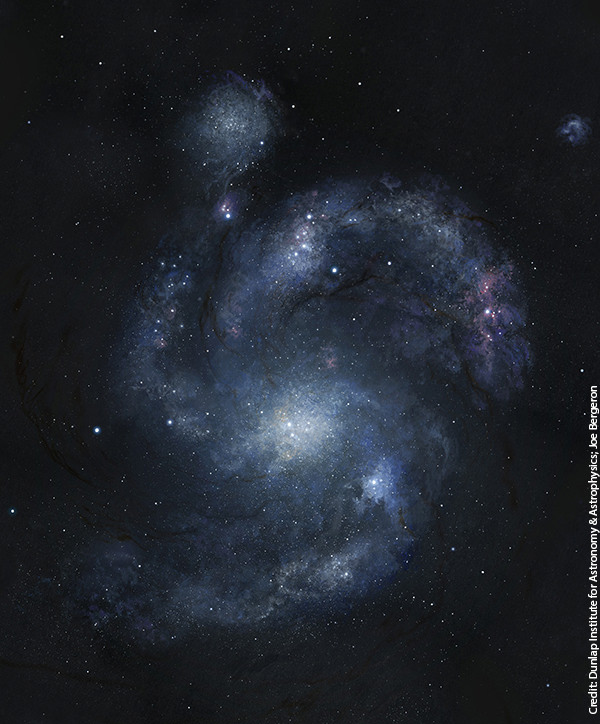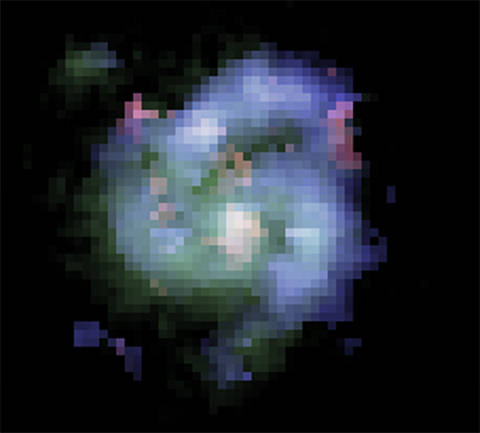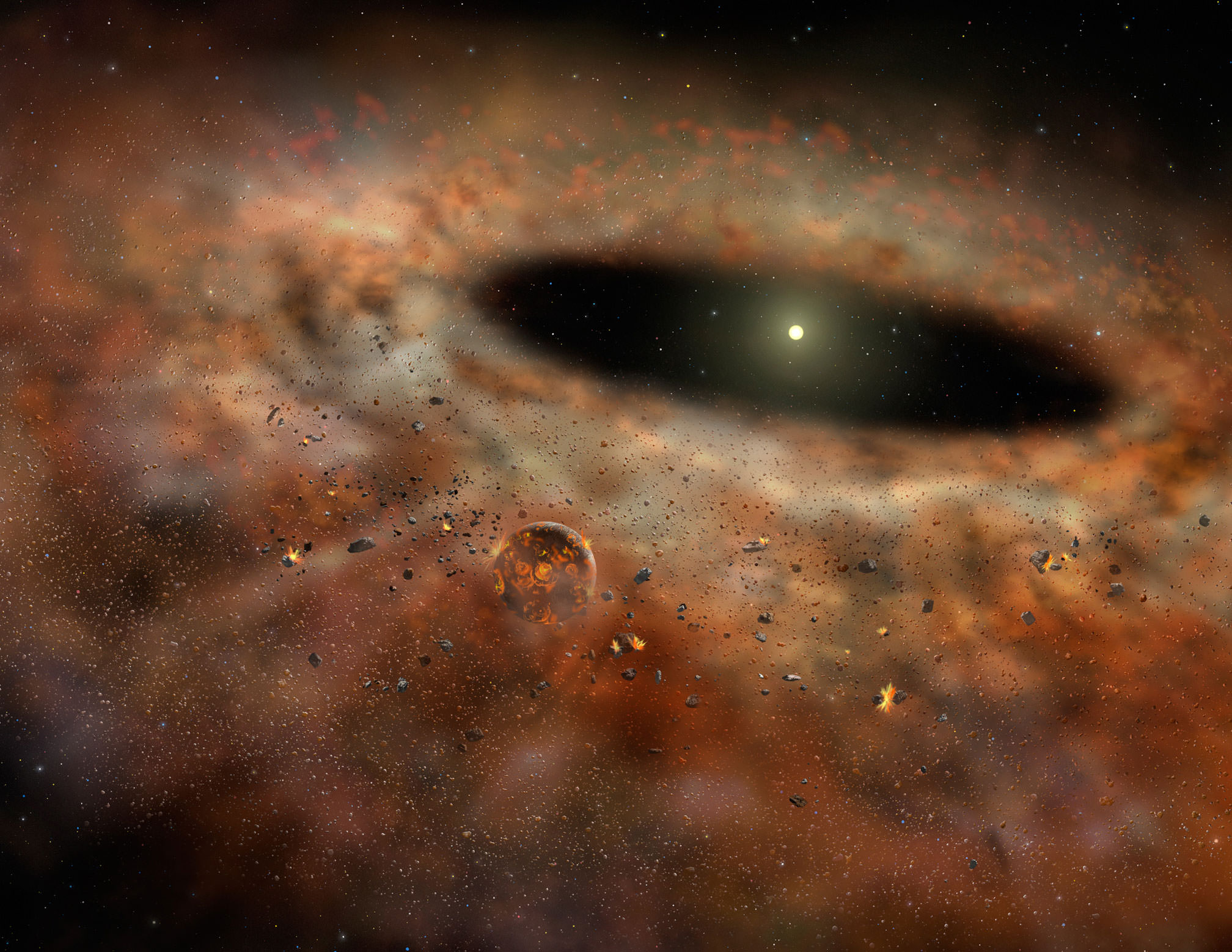In the current (heated) debate of what constitutes a planet, it seems everyone can agree at least one thing: The current definition put forth by the International Astronomical Union is actually quite vague and it really only applies to our own Solar System. So while the definition is unclear at best in our own neighborhood, it also doesn’t provide a framework for classifying the thousands of exo-worlds that are being discovered on almost a weekly basis.
Since math has been dubbed “the language of the Universe” it seems rather fitting and logical to use arithmetic to help in framing a better definition for planethood.
This week, UCLA professor Jean-Luc Margot has proposed a simple mathematical test that can be used to separate planets from other bodies like dwarf planets and minor planets. He says his new system is easy.
“One should not need a teleportation device to decide whether a newly discovered object is a planet,” Margot said.
The new approach would use estimates of the star’s mass and the planet’s mass and orbital period. Since the IAU’s definition is based primarily on the ability of a planet to “clear its orbit,” (whether it can accumulate or dominate small bodies in its orbital neighborhood), Margot’s test narrows this down to a specific timeframe of determining whether a body can clear a specific region around its orbit.
“A simple metric can be used to determine whether a planet or exoplanet can clear its orbital zone during a characteristic time scale, such as the lifetime of the host star on the main sequence,” Margot writes in his paper. “This criterion requires only estimates of star mass, planet mass, and orbital period, making it possible to immediately classify 99% of all known exoplanets.”
Under these criteria, all 8 planets and all classifiable exoplanets would be classified as planets. It also keeps the distinction between planets and dwarf planets. Some have pointed out that Margot’s criteria would make our Moon a planet. But, as Margot told Universe Today, that’s not necessarily so. “It really depends on how the IAU decides to define satellites and if or how they decide to define double planets,” he said.
Margot says his definition would be useful in generalizing and simplifying the definition of a planet, and that the information for applying this for exoplanets is easily obtained with Earth- or space-based telescopes.
“The disparity between planets and non-planets is striking,” Margot said. “The sharp distinction suggests that there is a fundamental difference in how these bodies formed, and the mere act of classifying them reveals something profound about nature.”
Margot also found that bodies that can clear their orbits — and therefore qualify as planets — are typically spherical.
“Because a quantitative orbit-clearing criterion can be applied to all planets and exoplanets,” Margot writes, “it is possible to extend the 2006 IAU planet definition to stars other than the Sun and to remove any possible ambiguity about what it means to clear an orbital zone.”
Margot presented his proposal at the annual meeting of the AAS’s Division for Planetary Sciences. It is not known whether the new approach will be considered by the IAU.
Further reading: Margot’s paper, UCLA press release




